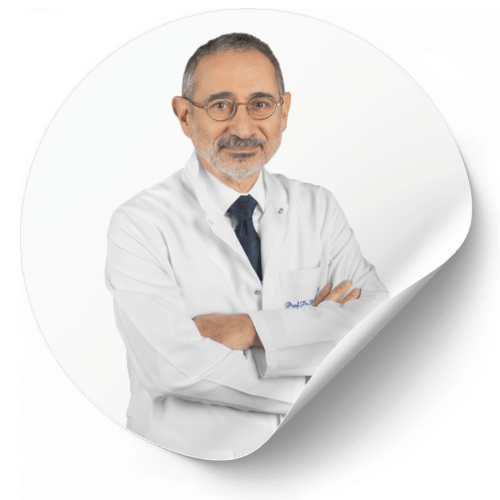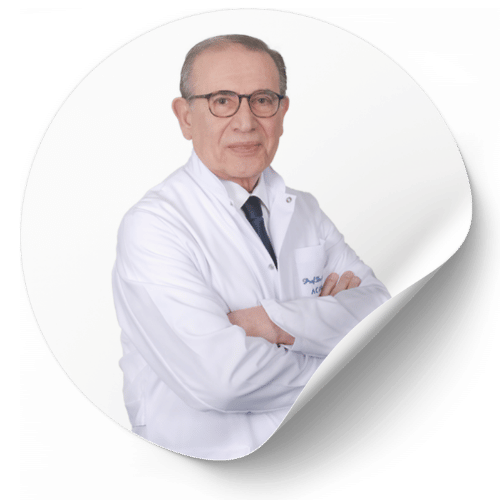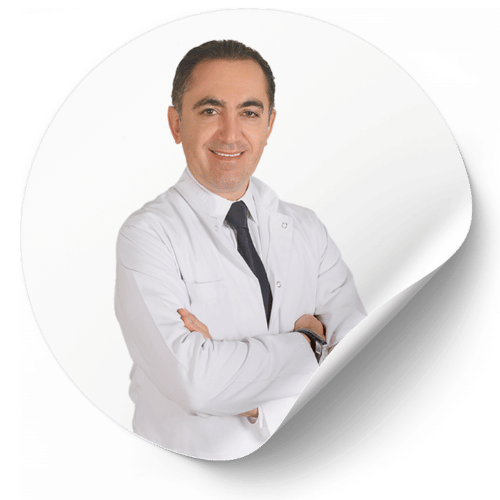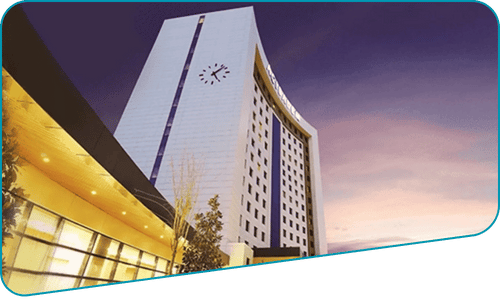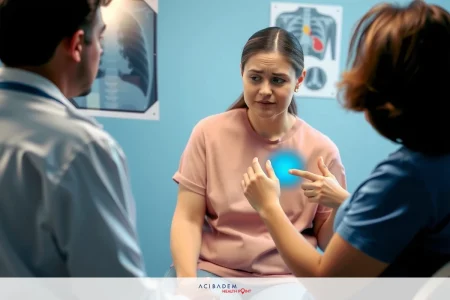Breast Clinic at ACIBADEM
Acıbadem Health Group provides therapeutic and diagnostic services through multidisciplinary approach for breast cancer.
Diagnosis and Treatment Services Available in Breast Clinic
Acıbadem Breast Health Center adopts multidisciplinary approach. A team of Breast Surgery, Plastic Surgery, Radiology, Pathology, Medical Oncology and Radiotherapy Clinics renders therapeutic and diagnostic services.
For patients with breast cancer, other services are also available, including but not limited to nutritional and genetic counseling, psychosocial support programmes and physiotherapy along with educational seminars. Educational seminars are free for all patients with breast cancer.
BREAST CANCER SYMPTOMS, STAGES, AND TREATMENT
Breast cancer is the most common cancer in women. At Acıbadem, we offer top-notch care for diagnosis and treatment. Our results are excellent.
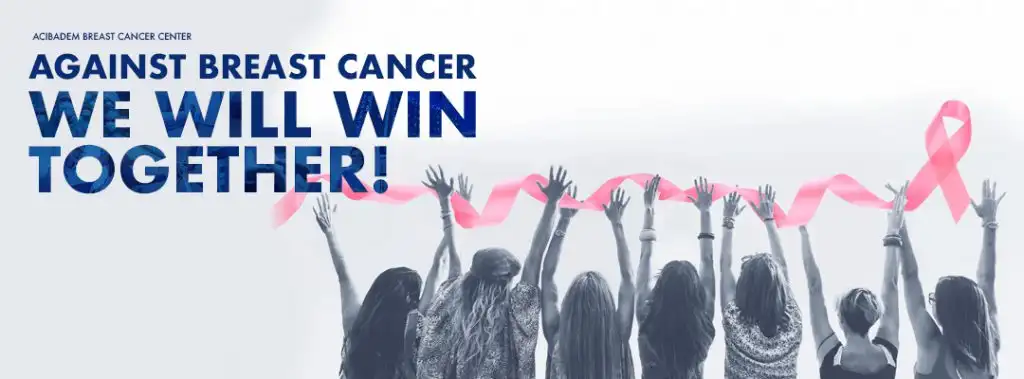
We team up against breast cancer from the start to the end of treatment. With over 20 years of experience, a team of 50 experts, and the latest technology, we aim to defeat breast cancer.
What is breast cancer?
Breast cancer happens when cells grow and multiply without control. These cells form a tumor that can be benign or malignant. Benign tumors are not dangerous and don’t spread.
Breast cancer, however, is a malignant tumor that can spread to other parts of the body. It starts in the ducts or lobes of the breast.
What does breast cancer look like?
The early signs of breast cancer are easier to feel than see. Regular self-exams help women notice changes in their breasts. Breast cancer often feels like a lump.
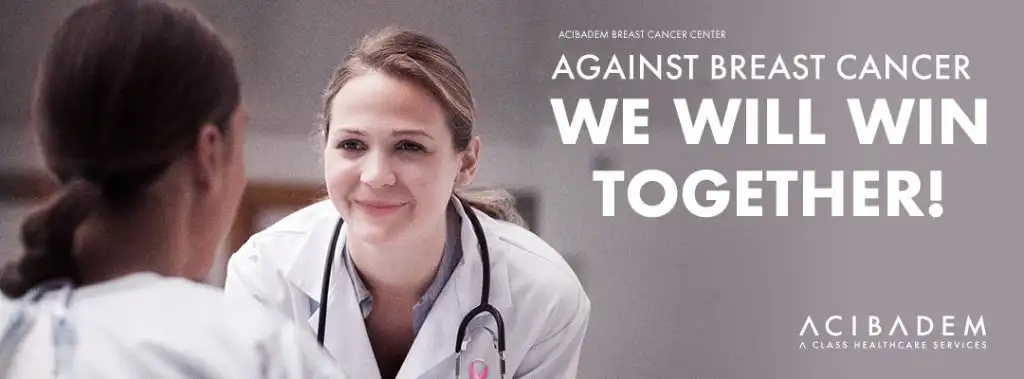
Not all breast lumps are cancer. Many are benign conditions like cysts or fibroadenomas. If you find a firm and immobile lump, see a doctor.
Breast cancer causes
The exact causes of breast cancer are still unknown. Being a woman and getting older are the main risks. Most cases happen in women over 50.
Genetic mutations, like BRCA1 or BRCA2, increase the risk. Family history also plays a role. Genetic testing can help assess risk.
Some lifestyle choices can lower the risk. Regular exercise and avoiding alcohol are good choices. Gaining weight and certain medications can increase the risk.
Can men get breast cancer?
Breast cancer is rare in men, making up less than 1% of cases. It forms in the breast tissue, just like in women. Family history and certain genetic disorders raise the risk.
Men often ignore early signs, leading to late diagnosis. Early detection is key for a good prognosis.
Early signs of breast cancer
Most women don’t have physical signs at diagnosis. Early detection is crucial. Regular screening helps find tumors while they are small.
Breast cancer symptoms
Breast cancer often shows up as a lump in the breast or armpit. But, there are other warning signs too. These include:
- Any change in the size, shape, or texture of the breast
- Nipple deformities, such as nipple retraction (turning inward) or inversion
- Skin changes, such as dimpling of the surface, orange peel skin, irritation, or a rash
- A marble-like area under the skin
- Discharge from the nipples that may be clear, yellow, bloody, etc.
- Breast pain that does not go away during the next period
If anything feels different or unusual, see a doctor. Breast cancer symptoms can vary from person to person.
Types of breast cancer
Breast cancers are not all the same. They can start in different parts of the breast. Most often, they start in the ducts (ductal carcinoma), making up nearly 85% of cases. Up to 15% start in the glandular tissue (lobular carcinoma).
At first, the cancer is noninvasive, staying in the duct or lobule. But, it can grow and become invasive. Invasive ductal carcinoma is the most common, making up about 80% of cases. Invasive lobular carcinoma makes up 10–15%.
There are also rare types like Paget’s disease, phyllodes tumors, and inflammatory breast cancer. These are aggressive and need special care.
Breast tumors can also be named based on their hormone receptor status. About two-thirds need estrogen or progesterone to grow. These are ER-positive or PR-positive. Hormone-blocking therapy can stop these tumors.
Some tumors are not affected by hormones and are called HR-negative. Tumors can also be HER2-positive or negative. Triple-negative breast cancer is when none of these receptors is detected. Knowing the type is key for the right treatment.
Breast cancer diagnosis
Thanks to advanced technology, breast cancer can be caught early. The process starts with imaging tests. Mammograms and ultrasounds are the main tools for finding breast cancer.
Today, there are many mammography techniques available. Digital mammography shows images on computer screens. Three-dimensional mammography uses low doses of radiation to create detailed images. Four-dimensional ultrasonography helps see clearly in dense breast tissue.
If tests show something suspicious, a biopsy is needed. This involves taking a sample of tissue for a pathologist to examine. Biopsies can be done in different ways, often with imaging guidance.
At Acıbadem, patients can do all needed tests in one visit. Our experienced doctors use the latest equipment for breast cancer diagnosis.
Stages of breast cancer
Breast cancer stages show how big the cancer is and if it has spread. They range from 0 to IV, with higher numbers meaning more serious cancer. Stage 0 is noninvasive, with abnormal cells in milk ducts but not in tissues.
Stage IV is advanced, with cancer in distant parts of the body. This could be in organs or bones.
Breast cancer is also graded. This tells us how different the cancer cells are from normal cells. Low-grade cancer grows slowly, while high-grade grows fast.
For new patients, knowing the stage and grade is key. It helps doctors choose the best treatment.
Breast cancer treatment
Today, treating breast cancer is very effective. Treatments include surgery, radiotherapy, chemotherapy, and more.
- Chemotherapy uses drugs to kill cancer cells in the body. It’s often given after surgery to kill any remaining cancer.
- Hormone therapy stops cancer cells from growing by blocking hormones. It’s for hormone receptor-positive cancers and is used for 5–10 years.
- Targeted therapy uses drugs that attack cancer cells without harming healthy cells. This is a big improvement in cancer treatment.
- Immunotherapy boosts the body’s immune system to fight cancer. It’s used for advanced triple-negative breast cancer.
- Radiotherapy kills cancer cells with high-energy x-rays. It’s used to prevent cancer growth and kill cells. Acıbadem uses the latest technology for safe and effective treatment.
Acıbadem Breast Cancer Center offers a wide range of treatments. We have some of the newest treatments available worldwide.
- Surgery is often the first step, especially for early-stage cancer. It aims to remove all cancerous tissues. We prefer breast-conserving surgery, like lumpectomy, to save the breast. When a mastectomy is needed, we use new methods to preserve the nipple and skin.
- Robot-assisted surgery. The Da Vinci robotic system can perform mastectomies without touching the breast. This method is very precise. The breast tissue is removed through a small armpit incision. Then, prosthetics are placed through the same spot.
- This approach ensures good looks since there are no cuts on the breast. The armpit incision is also hard to see.
- Single-dose radiotherapy. Some breast cancer patients can finish radiotherapy in one surgery session. This high-dose radiation targets only the tumor area, protecting healthy tissue. It’s used in a few ways, like for postmenopausal patients with small tumors or for those having a nipple-sparing mastectomy.
- Immediate breast reconstruction. It’s possible to rebuild the breast during the same surgery it’s removed. Acıbadem uses the latest techniques to make breasts look natural again.
Breast cancer survival rate
Survival rates show how many breast cancer patients live for a certain time after diagnosis. Five-year survival is often used since chances of recurrence drop after that.
Thanks to medical advances, survival rates have gone up. Today, treatment is very effective, with survival rates over 90%, says the World Health Organization. But, survival rates vary based on cancer type, stage, and treatment team’s skill.
Breast cancer statistics
The chance of getting breast cancer in a woman’s lifetime is about 12%. WHO says half of cases happen in women with no known risk factors, except being female and over 40.
Why choose Acıbadem for breast cancer treatment in Turkey?
With more treatment options, a team approach is needed. Each patient’s needs are considered by experts in various fields.
Acıbadem Breast Cancer Center has helped patients worldwide for 30 years. We have a team of specialists in surgery, oncology, and more, all focused on breast cancer. Our success comes from our team, technology, and approach.
We’re proud to have Turkey’s first breast cancer institute, the Acıbadem Senology Research Institute. It’s a hub for research and learning about breast cancer.










